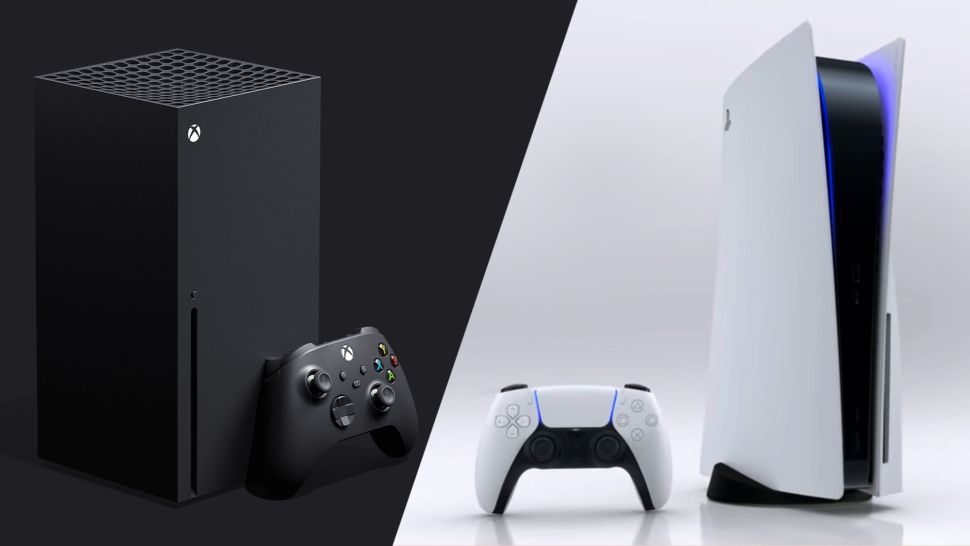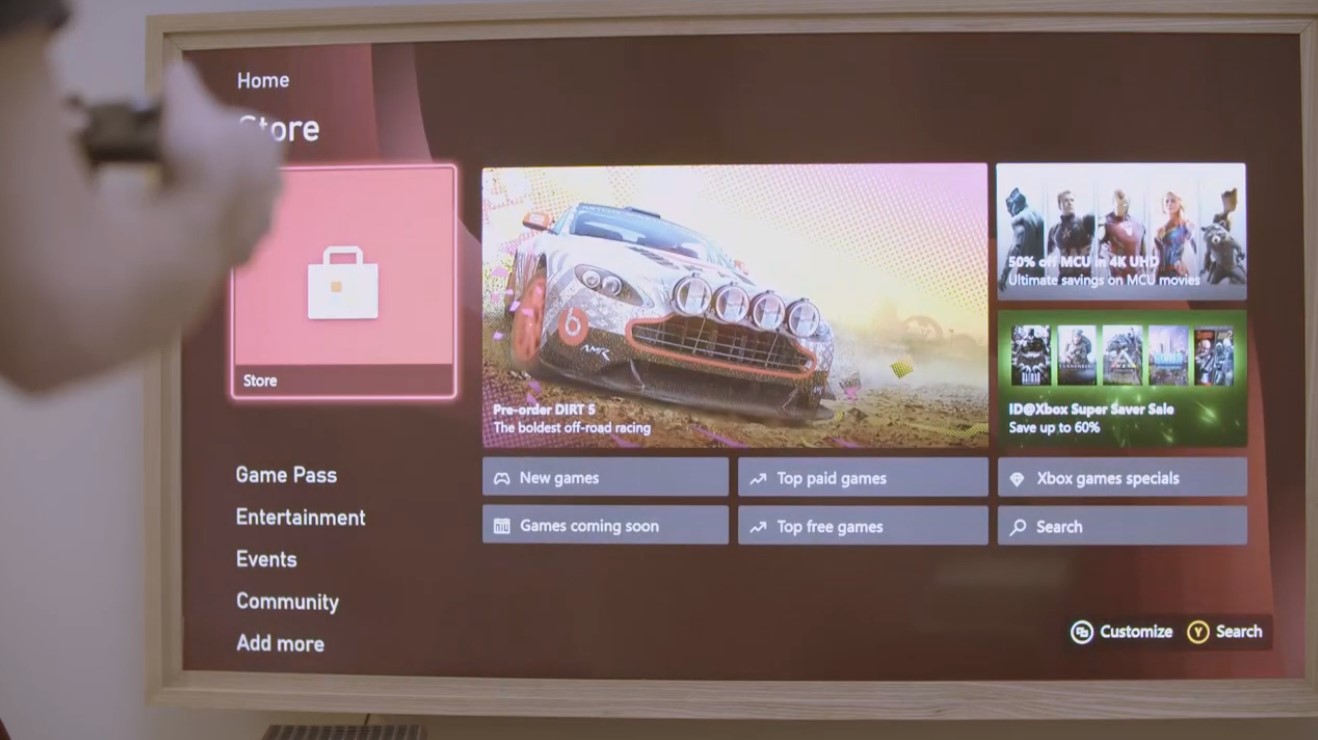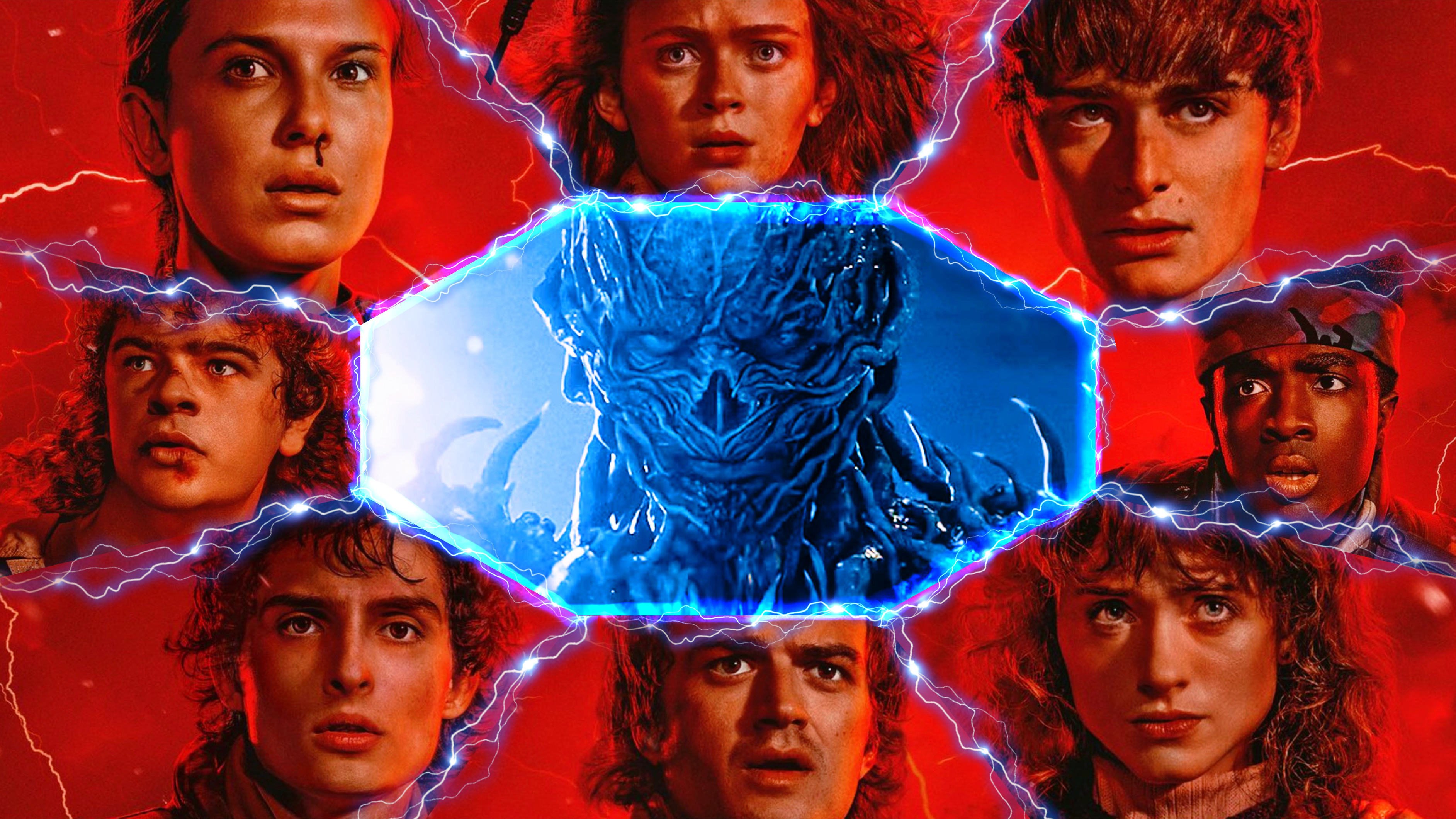PlayStation and Xbox could add even more ads — and I’m exhausted
PlayStation and Xbox may soon weigh down gaming with even more unwanted ads

Earlier this week, we discovered that Microsoft may incorporate ads into free-to-play games on the Xbox Series X and Xbox Series S. Not to be outdone, it seems that Sony may do exactly the same thing with PlayStation games for the PS5 and PS4. Both companies argue that this will allow free-to-play developers a powerful revenue stream, letting them develop more interesting content without being quite so reliant on microtransactions. It could be good for up-and-coming devs, as well as gamers who don’t have a whole lot of money to spend.
Unfortunately, it could also be a real nuisance in a medium that’s already full of real nuisances.
Like it or not, it’s an advertiser’s world, and we’re just living in it. Ads inundate every conceivable part of our life, and there are surprisingly few ways to escape from them. Gaming represents one of the last few bastions of digital entertainment where our time is wholly our own. There’s nothing really unethical about incorporating ads into free-to-play games. It’s just obnoxious, off-putting and, ultimately, exhausting.
A world of ads
Advertising has become so pervasive, you may not even realize how many ads you encounter in the course of a single day. Marketing firm PPC Protect estimates that it’s between 6,000 and 10,000. At first glance, that figure may seem unbelievable. After all, if you saw one ad per second, it would take you almost three hours to get through that many. But it’s a little more reasonable when you consider how ads inundate your life, from the moment you wake up to the moment you go to sleep.
(Advertisers have not yet figured out how to infiltrate your dreams, but if Futurama is any indication, they’re probably working on it.)
Suppose you wake up and check your smartphone. Every app you use and website you visit has ads, often for dozens of different products. When you eat breakfast, your food boxes probably advertise other products from the same company. As you commute, you’ll see ads in the subway station, or listen to them on the car radio. The software you need for work probably advertises expensive upgrades you can buy, to say nothing of subtle, algorithmic ads built right into your browser’s home page, or even your computer’s OS.
Gaming represents one of the last few bastions of digital entertainment where our time is wholly our own.
The deluge doesn’t stop when you get home. If you watch TV or most streaming services, ads will constantly interrupt your show. If you use a streaming device, you’ll probably even see ads right on the home screen. Not even video games can provide a complete respite. Microsoft and Sony both advertise new games and services on the Xbox Series X and PS5 home screens, respectively.
Get instant access to breaking news, the hottest reviews, great deals and helpful tips.

I could go on, but the point is that advertisers have already claimed a lot more of our brainspace than we’d like to admit. We may think that we can simply ignore them, but marketers design ads to be subconsciously memorable. If you don’t believe me, see if you can hum a few advertising jingles — for products or services that you would never buy.
Now, do you really want even more ads cutting into your precious hours of leisure time?
Ads and gaming
To be fair, gaming and advertising have gone hand-in-hand for a while. In-game advertisements for products were present as early as 1983, where arcade gamers could observe a big Budweiser logo in the background of Tapper. We tolerate ads in all sorts of full-priced games, particularly sports and simulation titles.
I will begrudgingly admit that situations like this can sometimes work in a game’s favor. One of my favorite franchises, the Yakuza series, incorporates extensive in-game advertising. As you explore Tokyo in each game, you can shop at real-world stores, eat at real-world chain restaurants and drink real-world coffee, tea, soda and alcohol. I will also cop to buying real products I’d never heard of before, from Orion beer to Suntory soft drinks. Advertising in situations like this can enhance a location’s verisimilitude, making fictional neighborhoods such as Kamurocho feel just a little bit more real.

In a best-case scenario, ads in free-to-play PlayStation and Xbox games would look like this. They would be unobtrusive parts of the world, fitting in exactly where they’re supposed to, and introducing players to interesting products that they might not know about otherwise.
However, there’s not much reason to believe that this would happen. If you need evidence, simply look to the scads of free-to-play shovelware games on Android and iOS, and how they handle advertisements. Annoying pop-ups, unskippable videos and tedious links for “bonus” currency are all the order of the day. The reason why these ads are so obnoxious is because they work. If players want to play the game, or earn in-game rewards, badly enough, it seems that they’ll sit through almost anything.
Advertising in the Yakuza series can enhance a location’s verisimilitude, making fictional neighborhoods such as Kamurocho feel just a little bit more real.
Now, be realistic. If you were a free-to-play developer pitching your game to a cadre of money-hungry advertisers, which approach would you choose: a subtle form of worldbuilding that players can essentially ignore, or a blunderbuss full of unmissable exhortations to buy stuff? I know which one the marketing department would want.
To be scrupulously fair, I can’t call the push to introduce ads “greedy” on anyone’s behalf. Based on what we’ve heard, Microsoft and Sony probably won’t earn much money from these deals directly. The funds will most likely go to the developers and the advertisers, first and foremost. The developers, at least, can use that money to keep a game up and running, particularly an ongoing multiplayer one.
Still, free-to-play titles already bug their players to buy stuff, whether it’s in-game currency, limited-time skins or paid expansions. Add in outside advertisements on top of that, and you begin to wonder whether who’s really having fun here: the players or the marketers.
A moment of peace
Ultimately, there isn’t much that everyday players can do about this. Microsoft and Sony are unbelievably large, powerful corporations. If they want to introduce a new scheme for ads, players pretty much have to accept it. Likewise, if a free-to-play game looks fun, players will have to sit through ads in order to play it. (Or, perhaps buy some kind of ad-blocking package, as many mobile games offer. It’s an imperfect solution, but at least it’s an option.)
It's just a shame that video games have become yet another medium where we can’t escape from wealthy corporations wanting even more of our money. Of course, you can always do your own research and choose to spend your money wisely — but you can’t always choose to avert your eyes.

Marshall Honorof was a senior editor for Tom's Guide, overseeing the site's coverage of gaming hardware and software. He comes from a science writing background, having studied paleomammalogy, biological anthropology, and the history of science and technology. After hours, you can find him practicing taekwondo or doing deep dives on classic sci-fi.
